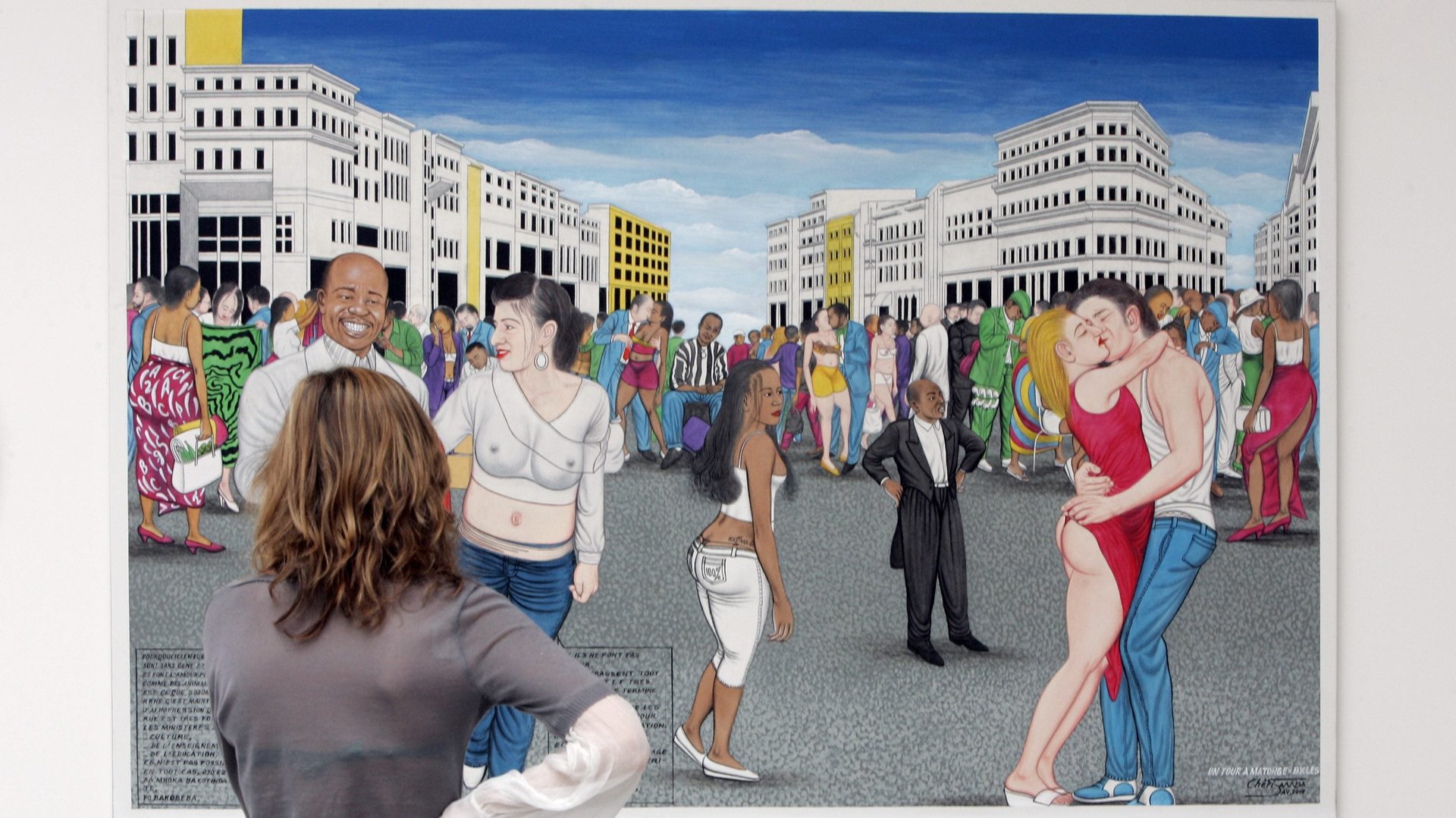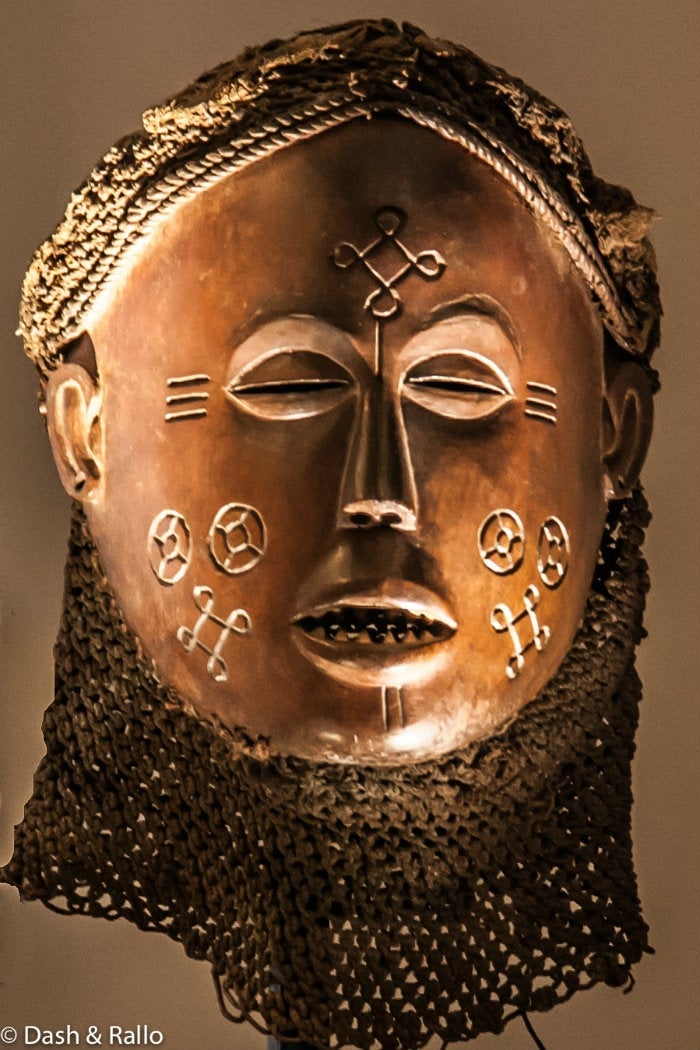Africa’s art world has lost one of its most generous but controversial benefactors
When most teenagers might have spent their weekends playing sports or watching movies, Sindika Dokolo spent many of his at the home of a Belgian art collector. Accompanying his father, the young Dokolo would spend hours in what he’s described as “a kind of museum of curiosities with pre-Columbian and African works.”


When most teenagers might have spent their weekends playing sports or watching movies, Sindika Dokolo spent many of his at the home of a Belgian art collector. Accompanying his father, the young Dokolo would spend hours in what he’s described as “a kind of museum of curiosities with pre-Columbian and African works.”
Enthralled by these regular visits, Dokolo, began collecting art at just 15 and never stopped till he died in a diving accident in Dubai at 48 on Thursday (Oct. 29).
Dokolo, who was born in Kinshasa, DR Congo to wealthy Congolese business man and a Danish mother, was perhaps best known in recent years as the husband of Isabel dos Santos, nominally Africa’s richest woman and the daughter of former Angola president José Eduardo dos Santos. For most of the 2010s they were the ultimate African power couple with lavish property in Europe and attended the most glamorous fashion and art events. On Instagram today, dos Santos talked of her family’s “enormous sadness and pain.”
Over the years Dokolo earned his reputation as a great supporter of African art. He has been reported to have amassed more than 3,000 works by the likes of the South Africans William Kentridge and Zanele Muholi; Barthelemy Toguo (Cameroon); Kudzanai Chiurai (Zimbabwe), and Edson Chagas (Angola).

Dokolo’s remarkable private art collection has toured around the globe. However, when museums or galleries loan his collection, they have to commit to that same exhibition also being displayed somewhere in Africa.
As an activist, Dokolo was also involved in the restitution of African art. He embarked on this wide-spanning project after a fruitless enquiry about some pieces of Chokwe art which he’d seen in old books. He went to the Dundo museum in Angola looking for them but the museum said it had never seen those pieces. Dokolo realized that during the civil war in Angola, art raiders had acquired those pieces.
Through the Sindika Dokolo Foundation, a team of researchers, dealers, and lawyers was set up in 2013 to scour archives and investigate the international art market, looking for any potential stolen artworks. So far the team is reported to have located 17 pieces and has returned a dozen to the museum.
In an interview, Dokolo expressed an unwavering commitment to the return of stolen artifacts. “If I have to spend a large deal of money and five years in court I will do it.”
But while Dokolo has been fighting groundbreaking battles on the art front, his marriage with dos Santos has come with the kinds of controversy that sometimes overshadowed his work. This has increasingly been the case in the years since her father stepped down from office after 37 years and Angola’s current president, Joao Lourenço has chosen to pursue missing funds and corruption from the previous regime. In January, the assets and bank accounts of Dokolo and dos Santos were frozen. Angola was reportedly attempting to recover $1 billion in state loans it says Isabel dos Santos borrowed and failed to repay during her father’s term as president.
Then Luanda Leaks, a major investigation by Quartz and dozens of other news organizations, in association with the International Consortium of Investigative Journalists (ICIJ), revealed how dos Santos made much of her money through insider deals, preferential loans, and sweetheart contracts, all fueled by public money.
Dokolo did come under scrutiny during this time, but many of his associates in the art world stood by him. One of these was Simon Njami, a leading curator of African art in Paris, publicly expressed his support for Dokolo. “Until further notice, what I retain from him is that he has advanced contemporary art in Africa and I keep all my respect for his action.”
Sign up to the Quartz Africa Weekly Brief here for news and analysis on African business, tech, and innovation in your inbox